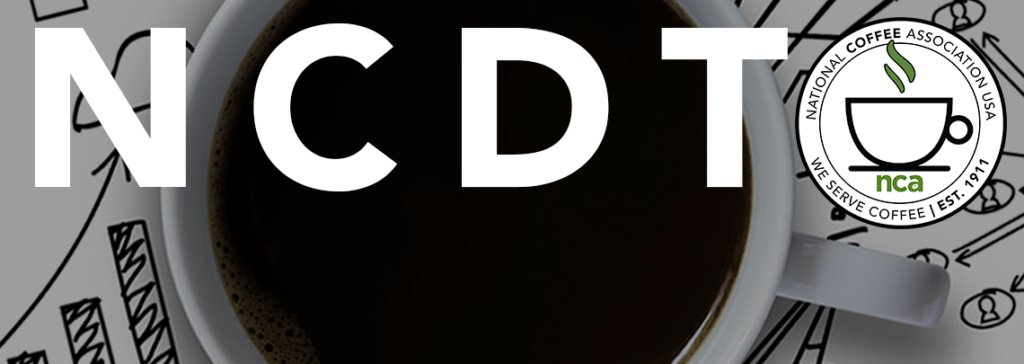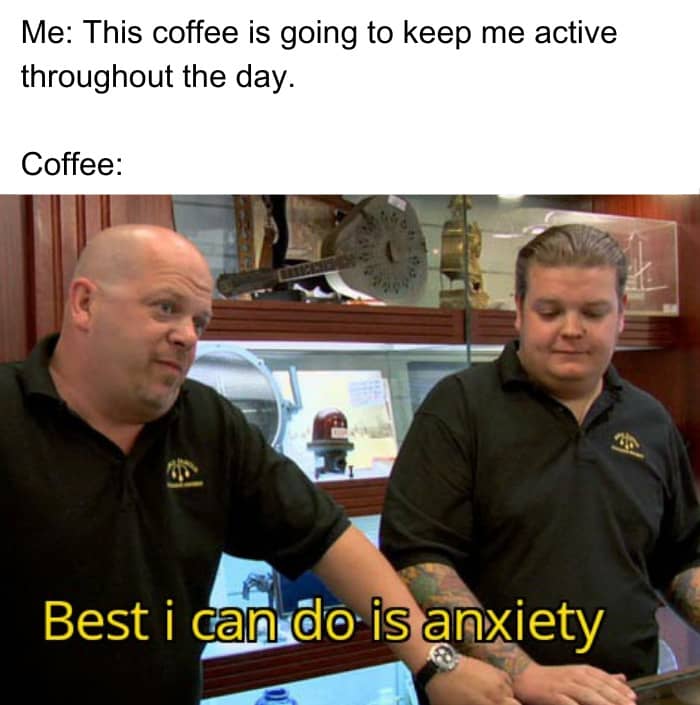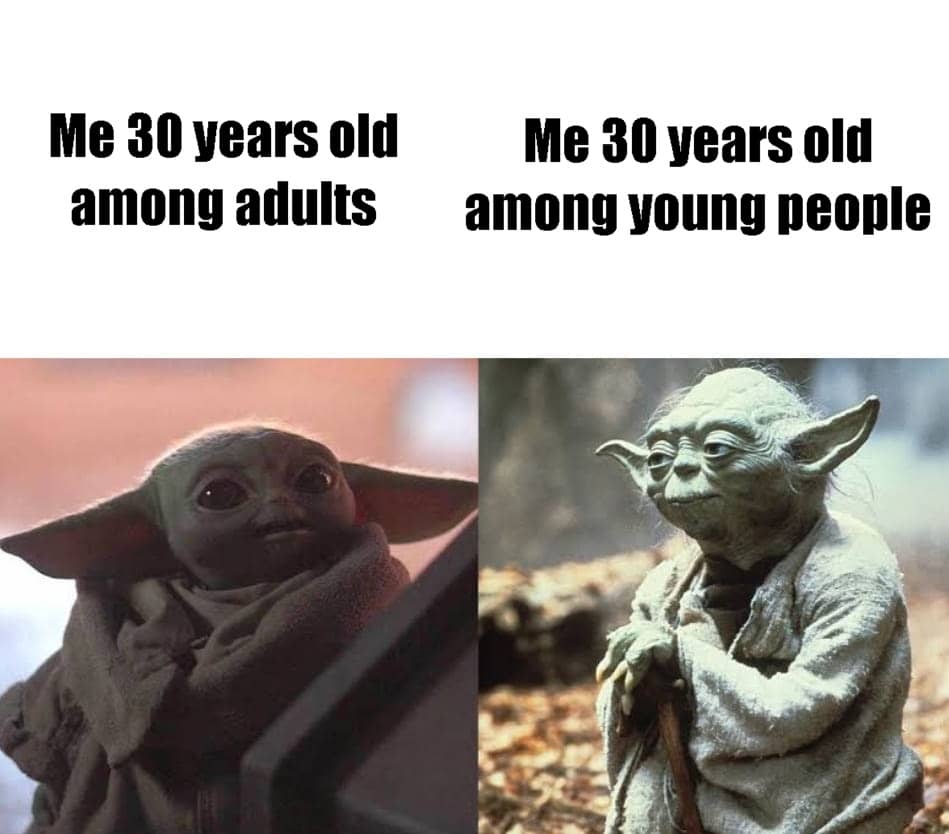The Most Interesting Coffee Drinking Trends of 2017

In this short piece I’m going to show you the most interesting findings from the 2017 National Coffee Drinking Trends (NCDT) report from the NCA and talk about how coffee shops can use this research to get more customers!
You can buy the full report from the National Coffee Association here.

4 Interesting Coffee Trends from the 2017 Report
1. More people are drinking coffee
The percentage of Americans drinking coffee daily reached 62%, a level not seen since 2014
2. And More Espresso
Espresso-based beverages saw a 6% increase in consumption – the largest one-year jump in NCDT history
3. Higher Prices
The number of people drinking higher priced specialty coffee rose 10% this year
4. Young People Want Gourmet Coffee
Gourmet coffee consumption (espresso drinks like lattes and cortados) remained strong among younger consumers, with 39% of choosing these drinks over regular drip
5. Coffee Shops are Hot
Out-of-home coffee consumption rose to 40% of daily drinkers.
What This Means for Coffee Shops
1. More Specialty Drinks
With the surge in gourmet and espresso-based beverage consumption, coffee shops should consider expanding their specialty drink menus. This could include adding cold brew options, nitrogen-infused coffee, and other unique drinks.
2. Appeal to the Younger Crowd
The data shows strong growth in coffee consumption among younger age groups. Developing marketing strategies and products that appeal to Millennials and Gen Z consumers, focusing on quality, sustainable, and unique coffee could be a good idea.
3. Focus on Your Space
As more people drink coffee outside the home, they will be looking for inviting spaces and memorable experiences at coffee shops. Shops could consider offering events like coffee education sessions or tasting events to engage customers.
4. Be Environmental
Because young consumers are increasingly conscious of environmental and social issues. Highlight your sustainable sourcing practices and consider offering reusable cup programs or other eco-friendly initiatives.
How Age is Affecting Coffee Drinking

The 2017 National Coffee Drinking Trends report showed some interesting differences in coffee drinking patterns between younger and older generations:
1. Young People Want Variety
Younger consumers are leading the charge towards gourmet coffee, with more than half (59%) of daily coffee cups now classified as gourmet. This includes specialty drinks like cold brew, nitro coffee, and frozen blended coffee.
Younger coffee drinkers, particularly those under 35, are more likely to consume coffee from cafés or donut shops. In contrast, people aged 65 and older mostly drink coffee at home.
2. Drip is for Old People?
Traditional drip brewers are losing ground, with fewer than half of daily coffee consumers using them. Younger consumers are more open to innovative brewing methods and specialty drinks.
3. Canned Coffee is for Teens
Ready to drink coffee products are particularly popular among 13-18 year olds.